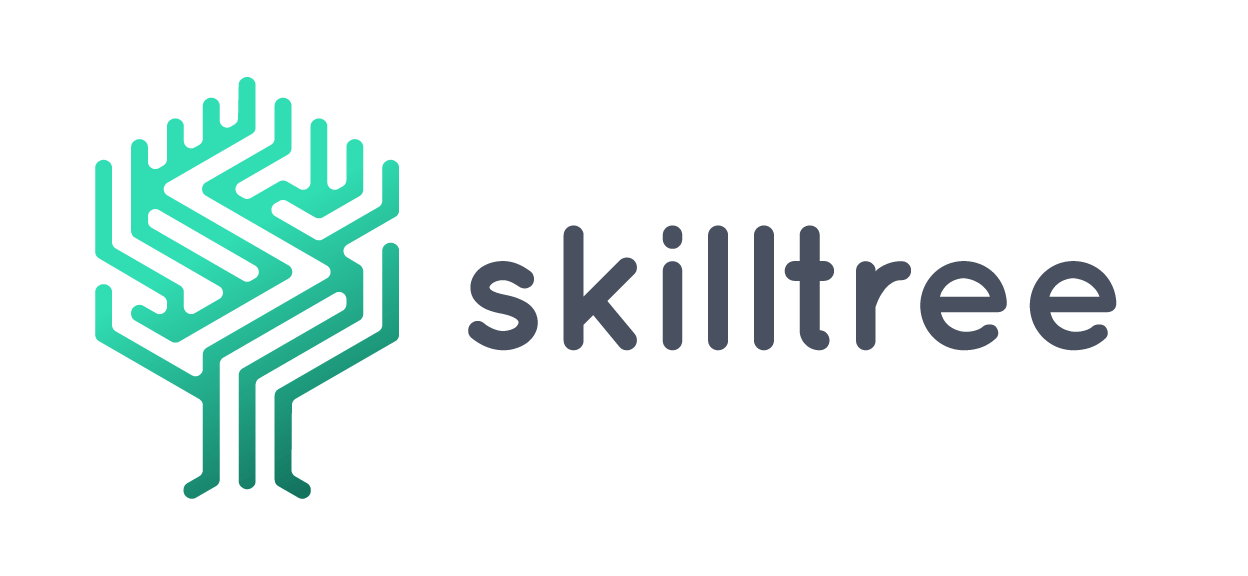Often, leaders take a two-dimensional approach to building new competencies. If you fall into this category, you might be thinking about skills on the one hand and your employees on the other. You’re likely analysing the skills your company needs and looking for internal or external talent to develop or bring those skills to the table.
This inventory would work well if the world of work were static and you only needed to build a certain number of skills in your workforce or develop more competencies in a specific area. In reality, the consideration of competencies and their management as a two-dimensional challenge is not tenable in our dynamic world. When hiring managers start thinking about skills related to market dynamics, a third dimension becomes apparent. The change over time, both for their organization and for their employees.
Definition:
The skills-based organisation is an organisation that focuses on competencies and human skills. Such a talent-oriented strategy creates a new operating model for work and workforce that further breaks down classic job descriptions, hierarchical structures, and processes and structures that follow the employees’ talents.
Each of these factors is influenced by the other two, and together they create an ever-evolving need for upskilling, reskilling, and cross-skilling. This third dimension makes it clear why skills cannot be treated as an inventory problem and why competency-based organizations need to be dynamic. It needs a rethink, and it requires a competence revolution.
Agile skill building requires the continuous collection, classification, and analysis of numerous data points. Examples of this are the employees’ interests and ambitions, the company’s competence distribution and possible gaps in competencies. Employees must be involved in personnel development to obtain up-to-date and accurate data sets. This is difficult, if possible, to be managed by a small number of recruiters. That’s why dynamic, competency-based companies use decentralised software solutions to involve employees in personnel development and distribute administrative effort.
Your company’s competency requirements will change over time.
To involve and motivate employees in personnel development, you need not only the proper infrastructure and technology but also the right mindset. There are some challenges that prevent employees from dynamically acquiring new skills, as well as deter leaders from obtaining the knowledge they need to respond to changing priorities. Examples of such challenges of a competency-based organization include:
Too little visibility
Why are so many leaders still in the dark? For a long time, capturing skills was mainly done manually, which was cumbersome and virtually impossible to keep up to date. Managers have had to fill out long lists of competency evaluations and capture skills that they often have only a rudimentary understanding of. The result was often not very meaningful, as not all existing competence resources were recorded or their topicality did not correspond to the fact.
It’s only in recent years that skill management platforms have begun to enable simple and personalized career experiences at scale without the need for a lot of human effort. Employees were integrated into the personnel development processes, competence data records were managed decentrally and managers were relieved.
Too little support
Giving your employees the opportunity to upskill and reskill isn’t just about equipping them with the tools and resources they need, it’s also about executive guidance.
Employees often need the support of managers in the form of trust. Only when you know that you can freely express your opinion on topics such as upskilling, reskilling or Corss-skilling and are thus involved in the decision, can real joy and motivation be developed on the part of the employees.
Mentoring programs, in which experienced employees teach less experienced, ensure a climate of growth and togetherness. The support of more experienced employees in competence development has been proven to ensure a stronger competence-oriented corporate culture.

Too little communication
Employee communication often follows only one direction, namely that from supervisor to employee. Therefore, news and feedback should be more strongly communicated from employees to superiors. Here is often a need for more necessary structures or feedback culture. But especially when it comes to employee development, employee involvement is needed.
For example, the involvement of employees is needed when it comes to creating and maintaining the competence catalogue. This is because supervisors and HR managers often need more expertise to assess relevant competencies. Therefore, a form of communication is needed so that suggestions from employees can be incorporated into the creation of competence requirements.
Employees should also have the opportunity to communicate their interests and goals to superiors freely and unbureaucratically. If those interests and goals are only inquired about in an appraisal interview conducted by superiors, it may be that the snapshot does not correspond to the actual wishes. For many people, it is difficult to make such decisions and therefore they need time and structure or infrastructure with which they can continuously communicate these thoughts and decisions.
Too few processes
The skills that made your employees stand out five years ago are likely to look very different from the skills that matter today. That’s because the half-life of skills is getting shorter and shorter. Linkedin analyses this and shows that about 25% of the competencies from 2015 are no longer among the ten most sought-after competencies today. Accordingly, the demand for specific skills is changing; therefore, organisations must structure their personnel development flexibly and agilely.
A simple and concrete example is a restructuring or new challenge that many organizations went through not so long ago – working from home via video call and the like. Companies were often not prepared for such a scenario and had to find a solution in a relatively short time. Specialist knowledge in the form of technical know-how was required to give all employees access to technical tools that enable them to work from home. If the company did not already have its own IT department with the appropriate knowledge, experts had to be found who were most familiar with the subject matter. Competence-oriented companies, such as many IT companies, can react quickly to new challenges, as competencies can be used flexibly in work processes. Companies with rigid processes take longer to respond to new requirements.
Too little experiential learning
In an ever-changing world like ours, employees must be able to constantly and dynamically acquire new skills. L&D content is a solid foundation for upskilling and reskilling, but it needs to be paired with hands-on learning experiences such as projects, work shadowing, and mentoring for maximum impact. It is not enough just to read about skills or be presented with them; employees have to live or experience them.
By assigning employees to roles based on skills, experience, interests, and future ambitions, skill management can foster experiential learning for dynamic, competency-based organisations.
Summarised:
Organisations can move towards a competence-oriented organisation by combining a suitable tool with the right mindset. As a result, organisations are becoming more agile in work processes and dealing with changing conditions in the labour market.
If you’d like to know which tool you can use to start your company’s competence revolution, feel free to get to know Skilltree. Dynamic and decentralised competence management has always been more playful and straightforward.

